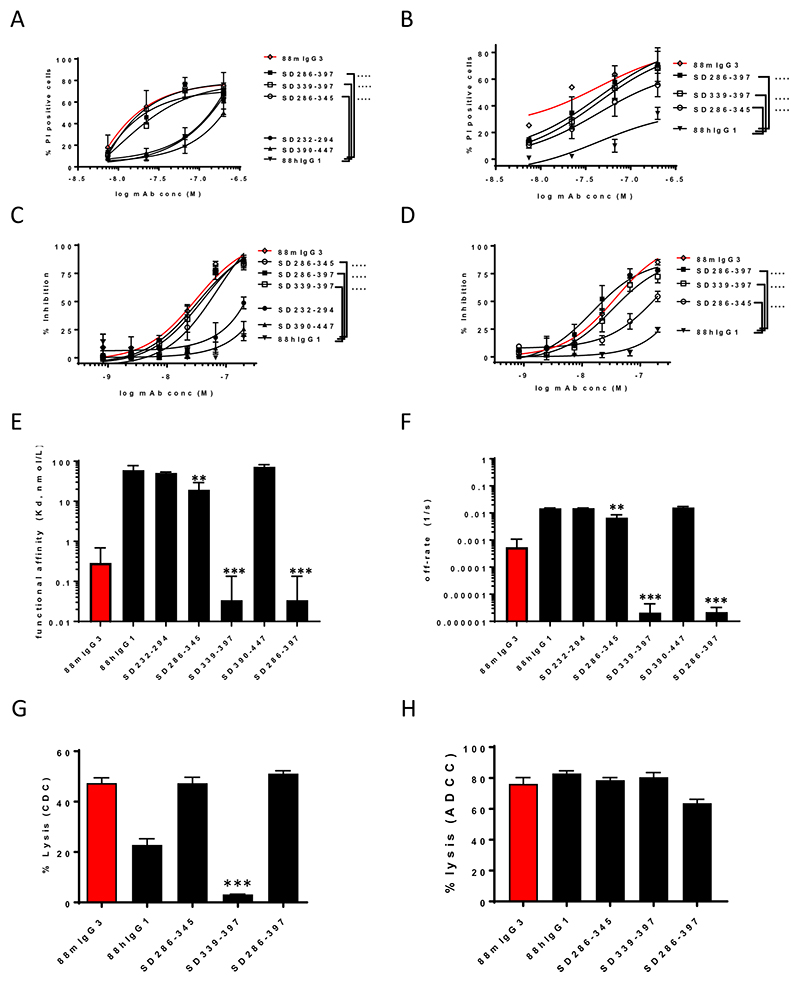Figure 3. SD286-397 encompassing the CH2:CH3 junction underlies mIgG3 direct cytotoxicity and improved avidity.
Subdomain divisions of CH2CH3 identified two regions that did not contribute: SD232-294 and SD390-447, as well as two regions that significantly contributed to direct cytotoxicity and avidity: SD286-345 (CH2) as well as SD339-397 (CH3). Significantly increased PI uptake by both constructs and the combination (SD286-397) compared to 88hIgG1 on COLO205 (A) and HCT15 (B). Significantly increased proliferation inhibition by both constructs and the combination compared to 88hIgG1 on COLO205 (C) and HCT15 (D). Significance (A – D) was deduced from two-way ANOVA. Significantly increased avidity (SPR), resulting mainly from reduced off-rates by SD286-345 and SD339-397, as well as the combination (SD286-397) (E and F, respectively). Significantly reduced CDC activity (HCT15) by SD339-397 compared to 88hIgG1 (G); maintenance of ADCC activity (COLO205) by the aforementioned constructs (H). Significance versus respective parental constructs (E-H) was deduced from one-way ANOVA, with Dunnett’s corrections for multiple comparisons.

